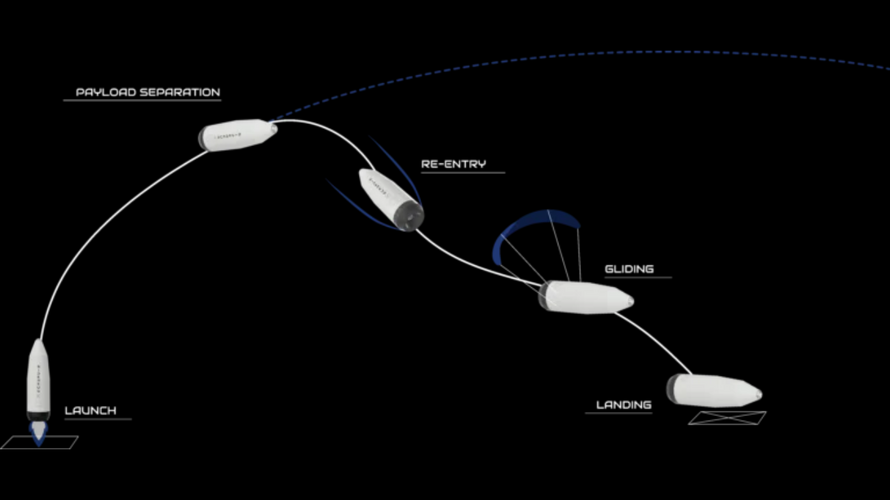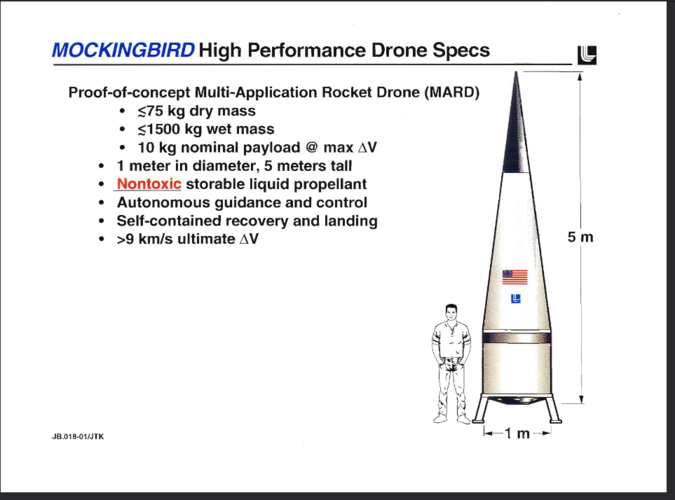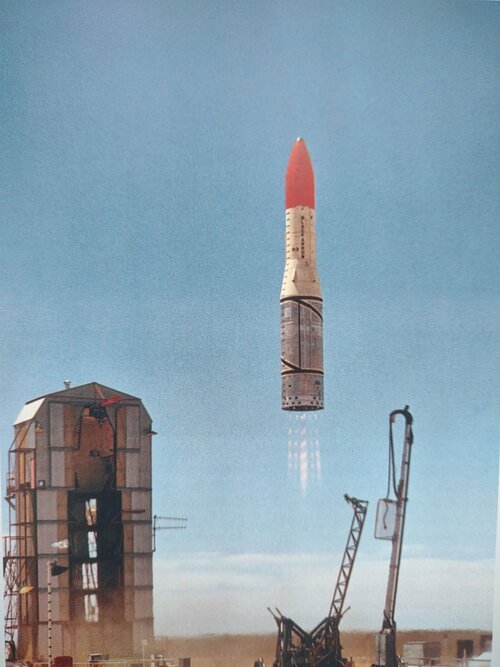- Joined
- 13 August 2007
- Messages
- 7,880
- Reaction score
- 9,007
Siderius is a Italian company that works on Micro sat launcher that brings 10~13 kg payload into orbit
design as reusable single stage to orbit rocket using Kerolox engines
View: https://www.youtube.com/watch?v=S7cq1WOT8e4
source

 www.sidereus.space
www.sidereus.space
design as reusable single stage to orbit rocket using Kerolox engines
source

EOS | Sidereus Space Dynamics
Developing EOS, the Personal Launch Vehicle to quickly deliver and recover orbital payloads
 www.sidereus.space
www.sidereus.space






